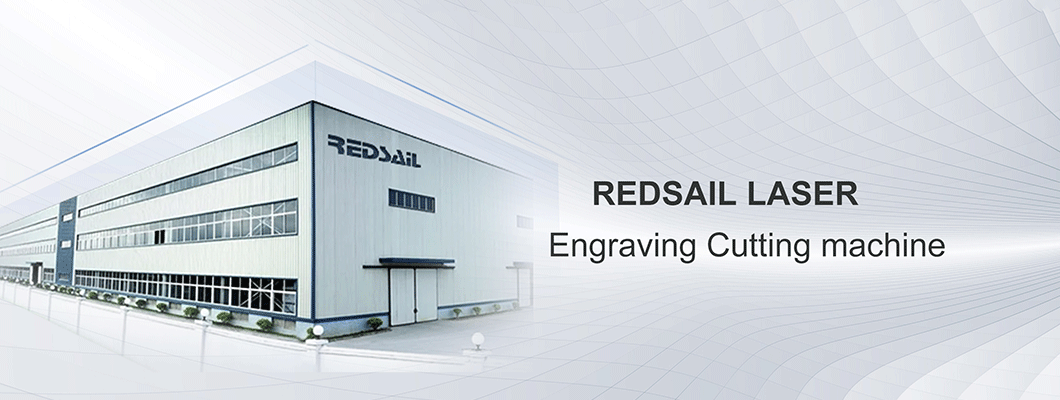
In the field of ultra-thin metal materials, copper foils, stainless steel foils, titanium alloy foils, nickel alloy foils and other material processing tools, die cutting or chemical etching methods are used. With the continuous increase in demand, especially under the high standard requirements in 5G, aerospace, satellite and other fields, the traditional process model gradually becomes weak. For example, die cutting will produce deformation and burr residues, which will affect product performance; chemical etching processing requires screens, especially for multi-specification materials processing requires a large number of screens, which is not conducive to the processing of various products. In addition, chemical etching has serious environmental pollution, especially under the pressure of environmental protection control, more and more chemical etching processing plants have been evacuated, which has brought a lot of trouble to processing enterprises. Based on this premise, the process of laser cutting ultra-thin metal foil has entered related fields, providing new ideas for the development of the industry.
Copper plate laser cutting
At present, the ultra-thin metal material exceeds the laser developed picosecond UV laser cutting machine for the cutting of stainless steel foil, copper foil, nickel alloy foil, titanium alloy foil and other materials. Compared with nanosecond laser cutting equipment, picosecond laser cutting machine has obvious advantages, no burr, deformation, low thermal impact, and the degree of carbonization is less than 2 microns.
The picosecond laser cutting machine has high flexibility. It can not only cut ultra-thin metal materials, but also process the corrosion of multi-layer materials or the micro-nano diversion structure on the surface of materials, such as silicon wafers, stainless steel gratings, ceramics, thin-film materials, glass, etc. .

Leave a Comment